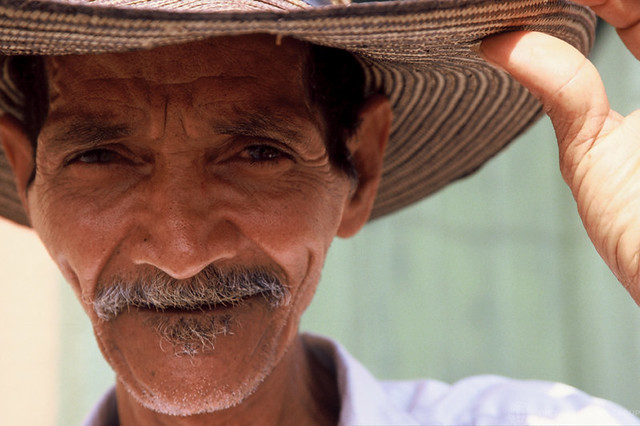The Dominican Republic (DR), a country of nearly 11 million people known for its resilient and hardworking population and its rich natural and cultural assets, is charting a bold course to become a high-income nation by 2036—mobilizing the private sector, creating quality jobs, and unlocking inclusive growth for a more sustainable and prosperous future.
The DR's economy has grown rapidly compared to the Latin American average over the past 20 years. However, to ensure inclusive growth, the country should improve job quality by aligning education with labor market needs, particularly for low-income groups and women. Measures such as cash transfers and childcare can reduce dropout rates and gender gaps. Addressing regional inequalities through urban planning and infrastructure and enhancing local governance will connect disadvantaged areas to opportunities. Improving social spending efficiency and building resilience against climate change and economic shocks are also crucial for long-term development.
These proposed recommendations aim to unlock greater economic productivity, create a more inclusive labor market, encourage a dynamic structural transformation that unlocks the potential of marginalized areas and population groups, and establish a more efficient and redistributive fiscal policy, including social assistance and protection measures.
Sustained and inclusive growth is key to the Dominican Republic achieving its aspirations of becoming a high-income country.
Addressing these challenges will require a joint effort from the government, the private sector, civil society, and international partners.
Last Updated: Oct 06, 2025

